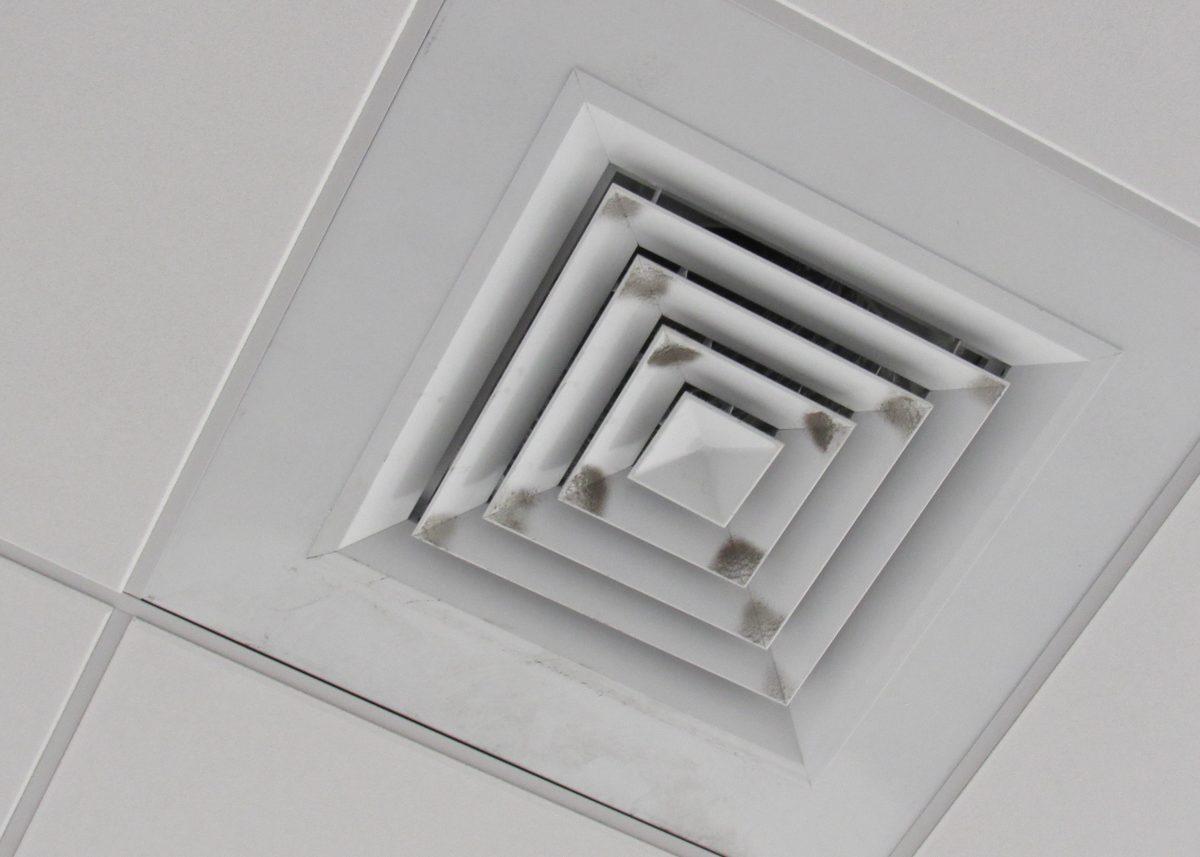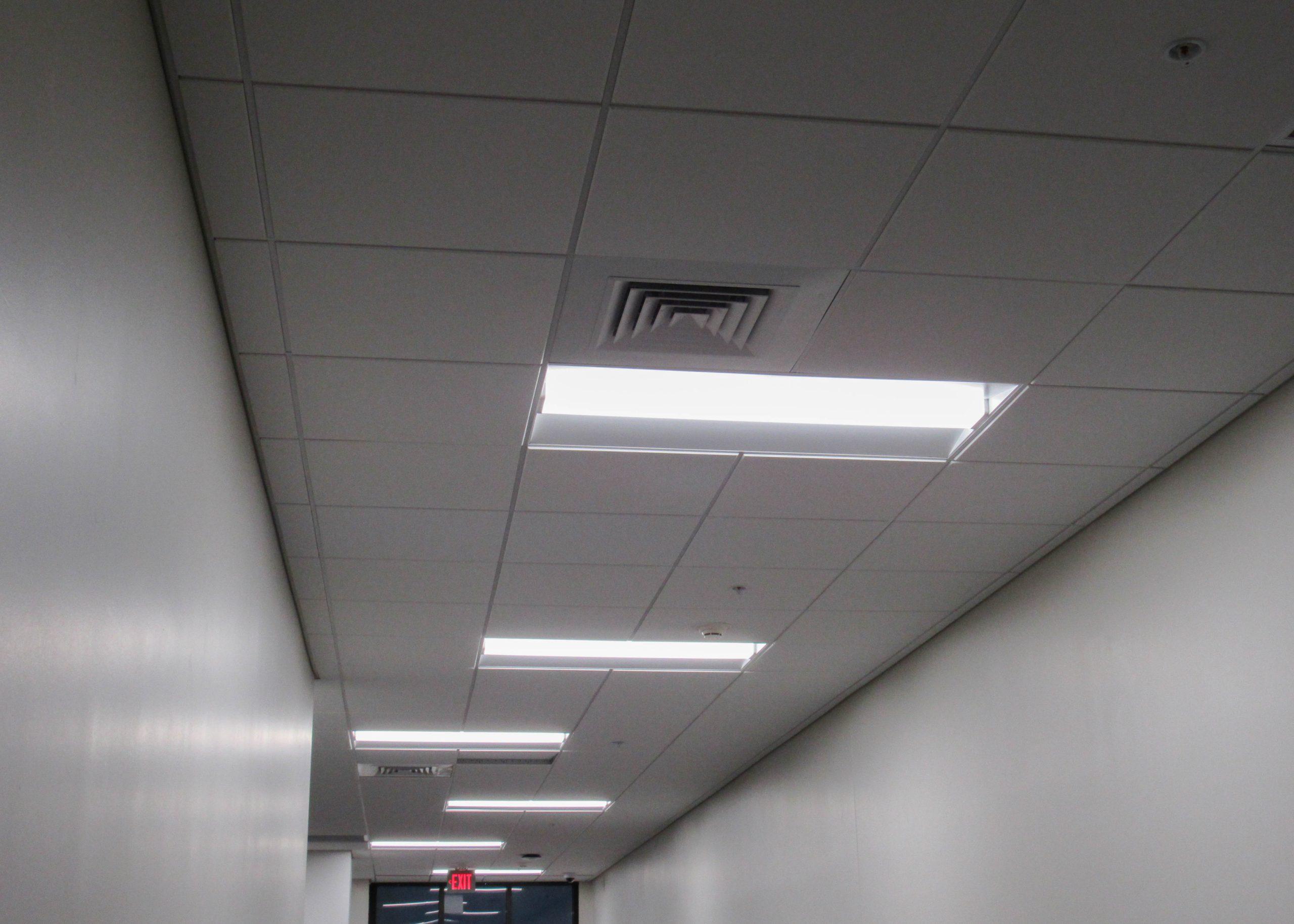Research conducted at Texas A&M AgriLife research facilities may answer the question of how airflow patterns can play a role in the transmission and potential mitigation of the spread of airborne pathogens.
Maria King, Ph.D., of A&M’s Biology & Agricultural Engineering Department is researching how air flow through ventilation systems can affect the transmission of diseases and bacteria. After her primary research in 2016 on meat-facility testing, she noticed the impact that their outdated ventilation had on the facility and the test subjects. In response, her team bought the mechanical blueprints of their ventilation and began creating airflow models using Computational Fluid Dynamics simulation.
“I realized the ventilation system is not optimized,” King said. “Basically, the configuration of the air intakes and exhausts is such that it makes it so the dirty air is being transported all over the facility. So, understanding that these are large facilities and we are a big supporter of the industry, I have a lot of respect for them. It’s incredibly hard work, so we wanted to help them. So, we bought the mechanical blueprints.”
Moreover, their work centers on hospitals and the type of airflow received in the buildings. King said the team uses a ventilated hospital room chamber to run tests and collect data on bacteria and virus aerosols. They seek to study the optimal configuration for hospital ventilation to better protect patients and healthcare workers.
“We also extended into hospitals,” King said. “We have a three-quarter model chamber here in our department, which is a fantastic tool. It’s fully ventilated. It. It has an HVAC system for six air changes per hour which is the mandated air change for a hospital. And that got increased during the pandemic to 15 or even 21 changes per hour. So we can disseminate viruses here and change the configuration of the HVAC system using this chamber, and then we can draw in a lot of tests with bacterial viruses.”
In the future, this research can potentially be applied to A&M. Initially, the research was in a small-scale model of a meat processing facility on campus but has since been expanding into larger facilities. The research aims to develop a universal template that can upload any mechanical blueprints and take air property measurements in any room and add it to their design. This would eventually design an optimized airflow model for any facility, including new dorms, buildings or other campus structures.
“When a building is in the design stage and we can take the blueprint and model what the airflow model is going to be like and how that configuration is maintained,” King said. “I just really would like to emphasize that an engineering aspect can really tell the bacterial behavior or virus behavior and help us stay healthy. So I just basically think that people would be happy to help in every way. Wherever it is possible to optimize the airflow pattern in a room or a facility.”
Biology sophomore Abi Schoch said she spends a lot of time in buildings old and new, such as the Innovative Learning Classroom Building and the Biology Building. She says she can notice a difference in the environments they produce.
“The newer buildings seem to be maintained better and I think that is so important with older buildings and making sure the ventilation systems are kept up to date to decrease the spreading of any sicknesses coming through,” Schoch said.





















